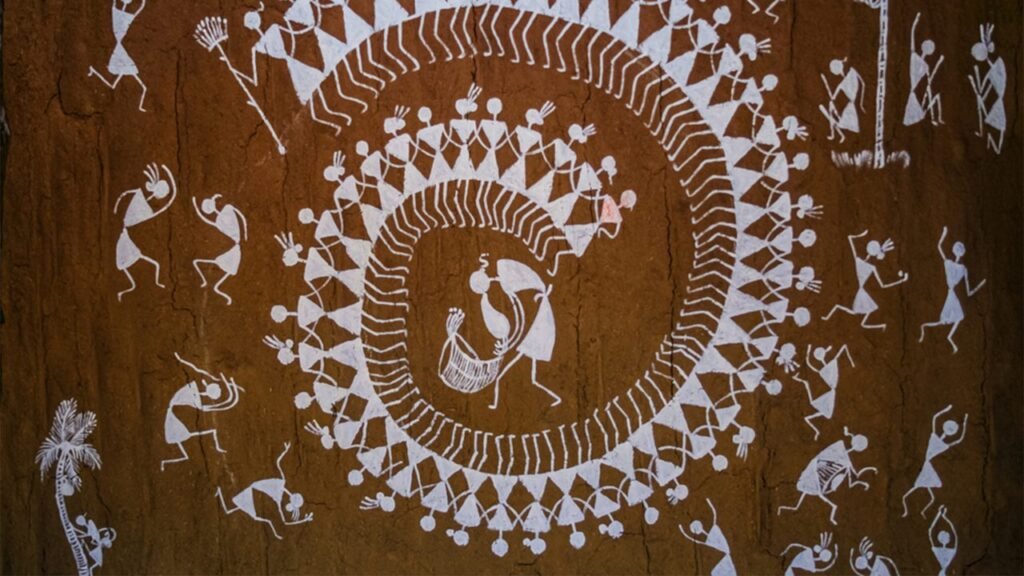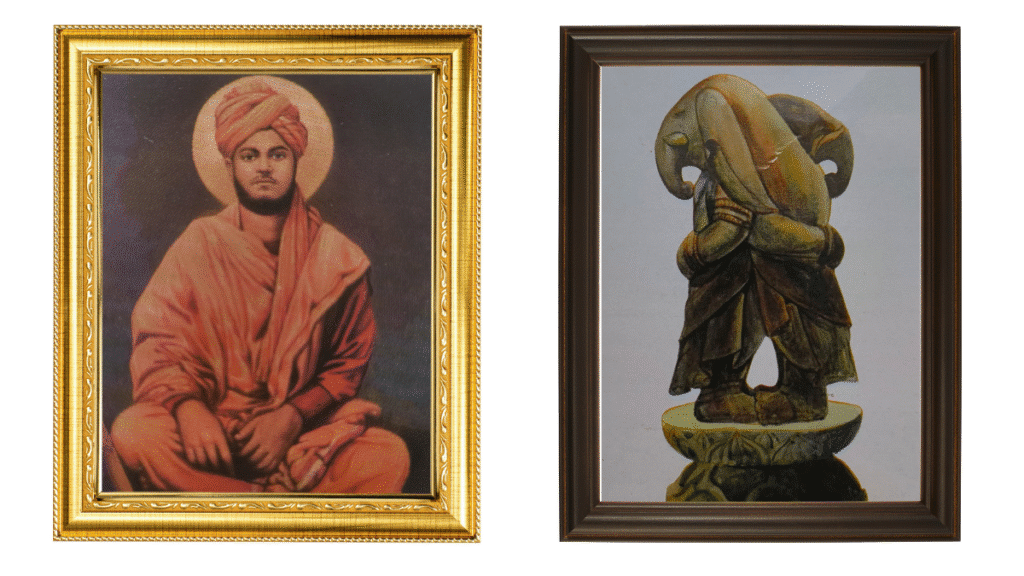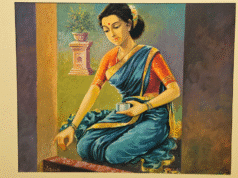If you’ve ever wondered what passion looks like on canvas, the Painting Exhibition in Hubballi is your answer. From November 1 to 4, the Vijaya Mahantesh Lalit Kala Mahavidyalaya will transform into a sanctuary of colors and memories — celebrating N.C. Desai, the freedom fighter who turned brushes into instruments of devotion.
This exhibition isn’t just about viewing art; it’s about feeling the journey of a man who painted India’s spirit, revived forgotten tribal traditions like Warli art, and left behind a legacy that still breathes through every stroke.
Hubli Art Exhibition – Key Details
| Detail | Information |
|---|---|
| Event | N.C. Desai Birth Centenary Art Exhibition |
| Dates | November 1 to November 4 |
| Timings | 11:00 AM to 6:00 PM daily |
| Venue | Vijaya Mahantesh Lalit Kala Mahavidyalaya, near HDMC Office, Lamington Road, Hubballi |
| Inauguration By | Sri Gurusidda Rajayogindra Swamiji, Moorusavira Math |
| Guest of Honour | Union Minister Pralhad Joshi |
| Organized By | Family of Late N.C. Desai & Vijay Mahantesh School of Art |
| Highlights | Display and sale of Desai’s iconic Global Ganapati & Swami Vivekananda series |
| Special Feature | QR Code launch linking to 10,000+ digitized artworks and writings |
| Entry | Free for all art lovers |
A Century Later, His Art Still Breathes
If there’s one event you can’t afford to miss this November in Hubballi, it’s this one.
The N.C. Desai Art Exhibition is more than a showcase — it’s a time capsule of India’s artistic and spiritual evolution.
From November 1 to 4, the halls of Vijaya Mahantesh Lalit Kala Mahavidyalaya will glow with memories, colors, and emotions of a man who painted like he was praying — the legendary Nanasaheb Chidambaragowda Bahadur Desai, lovingly remembered as N.C. Desai.
The Artist Who Saw Ganesha in Every Culture
Long before “global art” became a trend, N.C. Desai was already connecting worlds through brushstrokes.
His celebrated “Vishvavyapi Ganapati” series explored how Lord Ganesha would appear through different cultural lenses — Japanese, Thai, Indonesian, and beyond.
He proved that art knows no religion, and that beauty, much like divinity, speaks every language.
A Freedom Fighter With a Paintbrush
Desai wasn’t born into art — he fought his way into it.
As a boy of barely 18, he left school in 1942 to join the Quit India Movement. Imagine that: while most of us were doodling in notebooks, he was fighting for the nation’s freedom.
That fire — that spirit — never left his work. His art became a silent revolution of color and conscience.
From Premier Automobiles to Premier Art
Post-independence, Desai moved to Bombay (now Mumbai) and worked at Premier Automobiles Limited for 35 years — a place that shaped India’s automotive dreams. Remember Fiat Padmini car?
But even there, his real design wasn’t mechanical — it was metaphysical.
Under G.S. Dandavathimath and at the prestigious Sir J.J. School of Art, he trained to turn emotion into form.
And once he picked up his brush again, India gained one of its most soulful artistic voices.
He Didn’t Just Paint — He Nurtured Art in Others
N.C. Desai wasn’t content being a lone genius. He wanted a whole ecosystem of art to thrive.
He designed magazine covers, wrote essays, critiqued paintings, and introduced countless young musicians, photographers, and painters to the public eye.
His works and writings appeared in Kasturi, Tushara, Sudha, Mayura, Kannada Prabha, Prajavani, and even spiritual journals like Viveka Sampada.
He was the kind of artist who didn’t gatekeep — he gave.
Reviving Forgotten Masters and Tribal Traditions
One of Desai’s greatest contributions was shining light on the forgotten medieval artist Solapur Shubaraya, whose works might have remained buried in history without Desai’s research.
But his love for art didn’t stop there — it reached the roots of India’s cultural soil.
He studied and wrote extensively about the Warli, Chitari, and Patta art forms, giving voice to communities often overlooked by mainstream art circles.
The Beauty of Warli Art — Through Desai’s Eyes
Warli art, a tribal art form from Maharashtra, fascinated Desai deeply. It’s not about luxury or perfection — it’s about life itself.
Using just basic geometric shapes — circles, triangles, and squares — Warli artists tell stories of harvests, festivals, dances, and dreams.

Traditionally painted on mud walls, these artworks celebrated the rhythm of rural life. But over time, they evolved — moving from walls to paper, cloth, and canvas — without ever losing their heartbeat.
Desai saw in Warli art what few did back then: a mirror of India’s soul.
He wrote about it, exhibited it, and brought it from the shadows of tribal villages into the light of the art world.
Because to him, every line drawn by a villager carried the same divinity as a painting in a gallery.
An Exhibition That Feels Like Coming Home
This exhibition isn’t just about paintings — it’s about reconnecting with an era.
The Desai family, along with students and admirers, has curated his life’s work — the Swami Vivekananda portraits, Global Ganapati series, and more — to let Hubballi remember one of its own.

And in a beautiful digital twist, over 10,000 pages of Desai’s writings, sketches, and photographs have been preserved and uploaded on archive.org by Servants of Knowledge, Bengaluru.
A special QR code will be unveiled during the inauguration, giving art lovers instant access to this treasure trove.
Why You Shouldn’t Miss It
If you’ve ever felt that art speaks louder than words, you owe yourself a visit.
Because this isn’t just an art exhibition in Hubli — it’s a spiritual reunion of color, history, and heart.
You’ll walk through the gallery and feel the quiet presence of a man who lived through independence, modernity, and change — and painted through it all.
Final Thoughts
N.C. Desai didn’t just create art — he created legacy.
He turned freedom into form, philosophy into pigment, and faith into texture.
So if you’re anywhere near Hubballi this week, step inside Vijaya Mahantesh Lalit Kala Mahavidyalaya between 11 AM and 6 PM.
Stand before his canvases. Listen.
You might just hear the heartbeat of a man who believed that art could set the world free.









